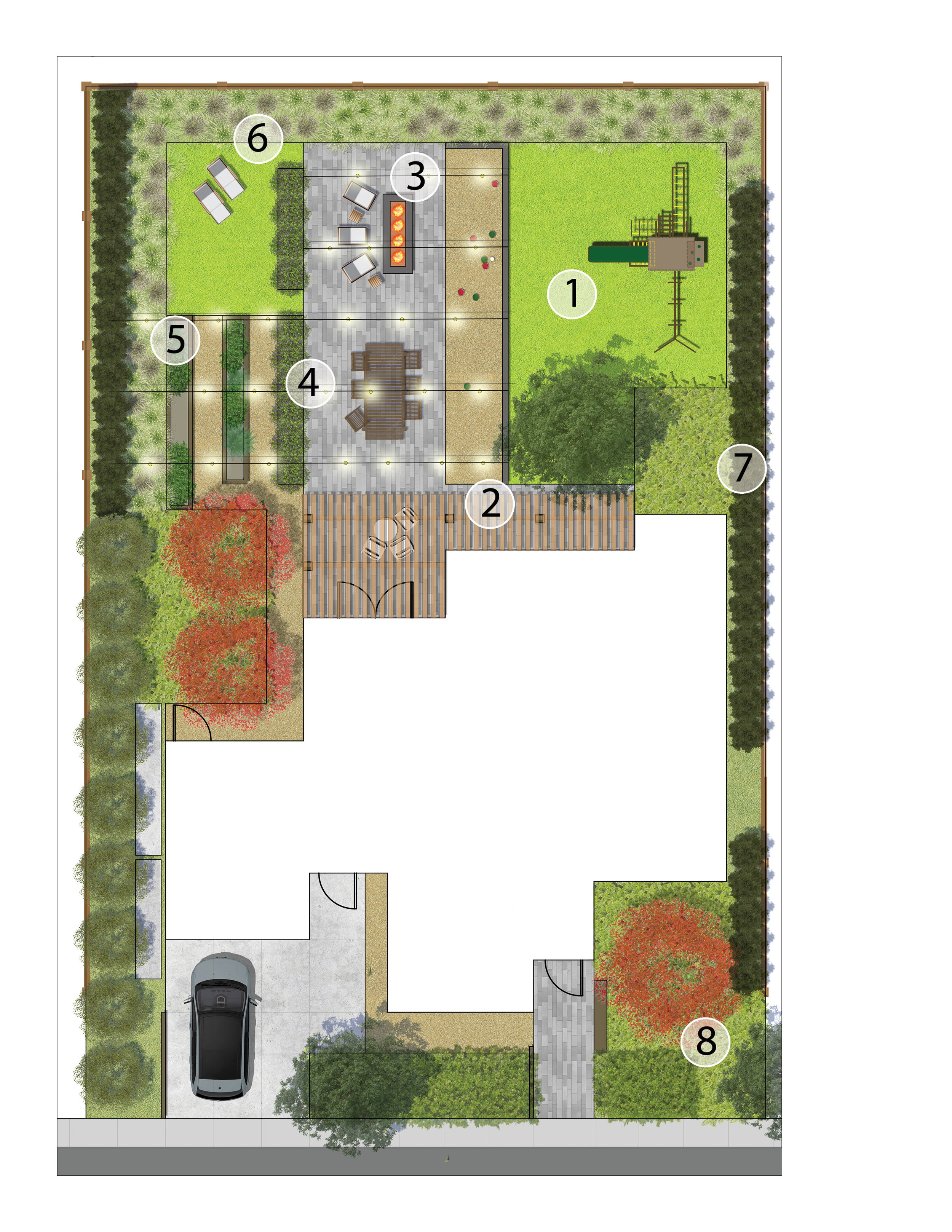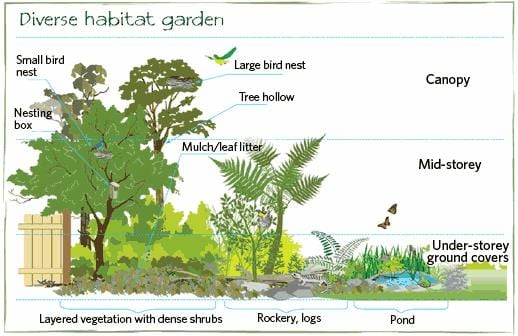Rumored Buzz on Hilton Head Landscapes
Rumored Buzz on Hilton Head Landscapes
Blog Article
The Hilton Head Landscapes Ideas
Table of ContentsGetting The Hilton Head Landscapes To WorkHilton Head Landscapes - TruthsHow Hilton Head Landscapes can Save You Time, Stress, and Money.The Ultimate Guide To Hilton Head LandscapesEverything about Hilton Head LandscapesEverything about Hilton Head LandscapesAbout Hilton Head Landscapes
Line develops all types and patterns and can be used in a selection of methods in the landscape. Line in the landscape is developed by the side between two products, the outline or shape of a type, or a long linear function. Lines are a powerful device for the designer since they can be made use of to produce an unlimited range of shapes and forms, and they manage movement of the eye and the body.

Lines can have one or even more attributes, such as those defined below, but they commonly serve various functions. Number 1. Lines in the landscape - bluffton landscaping. The residential or commercial properties of lines determine just how people respond to the landscape, both mentally and physically. Straight lines are architectural and forceful; they create a formal character, are typically connected with a balanced layout, and lead the eye directly to a prime focus.
The Basic Principles Of Hilton Head Landscapes
Straight lines are usually located in hardscape edges and material. Rounded lines produce a casual, natural, relaxed personality that is associated more with nature and asymmetrical balance. Rounded lines relocate the eye at a slower rate and include enigma to the room by creating surprise sights. Vertical lines move the eye up, making an area feel bigger.
Vertical lines in the landscape include tall, narrow plant material, such as trees, or tall structures, such as an arbor or a bird house on a pole. Straight lines relocate the eye along the ground airplane and can make an area feel bigger. Low lines are much more restrained and develop a feeling of remainder or repose.
Some Known Details About Hilton Head Landscapes
Low lines are produced by reduced garden walls, sidewalks, and short bushes. Lines are utilized to attract forms on a strategy. In strategy view, they specify plant beds and hardscape locations. Lines are also developed by the vertical types of built functions and plant product. There are three key line kinds that create type in the landscape: bedlines, hardscape lines, and plant lines.
Bedlines attach plant product to your home and hardscape because the eye adheres to the line, moving the stare with the landscape. Hardscape lines are produced by the side of the hardscape, which marks the developed framework. Line can likewise be developed by long and slim products, such as a fence or wall surface.
Hilton Head Landscapes for Dummies
Kind is located in both hardscape and plants, and it is commonly the leading aesthetic aspect that spatially organizes the landscape and typically identifies the design of the yard. The kind of frameworks, plant beds, and yard accessories additionally determines the total form theme of the yard. Official, geometric types consist of circles, squares, and polygons.
Plants develop type in the garden with their details or like it silhouettes, yet form can also be defined by a void or negative area in between plants - landscape design hilton head (https://old.bitchute.com/channel/Zj8gnEYIqDqK/). Circles can be full circles, or they can be split into half circles or circle segments and integrated with lines to create arcs and tangents
Not known Incorrect Statements About Hilton Head Landscapes
Circles are a solid design type since the eye is constantly drawn to the center, which can be used to highlight a focal point or attach other types. Round forms in hardscape and yard panels.
The square type can additionally be segmented and secondhand continuously to create a grid pattern. Unlike circles, squares are stronger on the edges, which can be aligned or overlapped to create unique patterns and even more complex types. Polygons are many-sided kinds with straight edges. Triangles, as an example, are three-sided polygons.
Meandering lines commonly resemble the natural program of rivers or streams and can be defined as smooth lines with deeply rounded undulations. Twisting lines (Number 3) function well for paths, plant bedlines, and dry stream beds. Meandering lines can add rate of interest and enigma to a yard by leading viewers around corners to discover brand-new sights and spaces.
Hilton Head Landscapes Fundamentals Explained

Figure 5. Fragmented edges: tipping stones in pathway. Type is the most long-lasting quality of a plant (Landscaping bluffton sc). https://dzone.com/users/5166843/h1tnhdlndscps.html. Common plant types are well established and standardized, as type is one of the most regular and recognizable quality of plants. Kind can likewise be developed via the massing of plants, where the overall mass produces a different type than a private plant.
An extremely different kind needs to be utilized with careone or 2 work well as a centerpiece, however too lots of wreak havoc. All-natural plant kinds, as opposed to over-trimmed types, must develop the bulk of the structure. The importance of general kind is basically dependent on the viewing perspectivethe type of a tree can show up fairly various to an individual standing under the canopy versus viewing the tree from a range in an open area.
Hilton Head Landscapes - The Facts
Plant forms likewise develop and specify the void or open spaces between the plants, producing either convex or scooped kinds in the voids. High-arching tree branches typically produce a concave open area under the branches, and a rounded cover with reduced branches loads the room to produce a convex type outdoors room under the tree.

Report this page